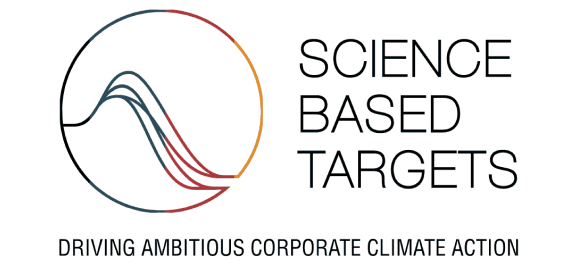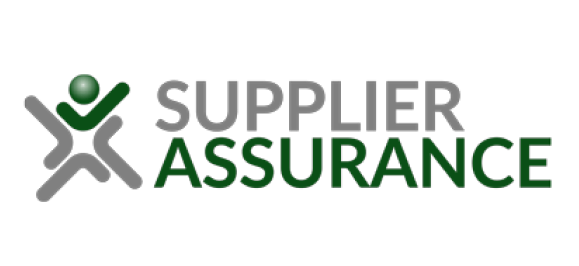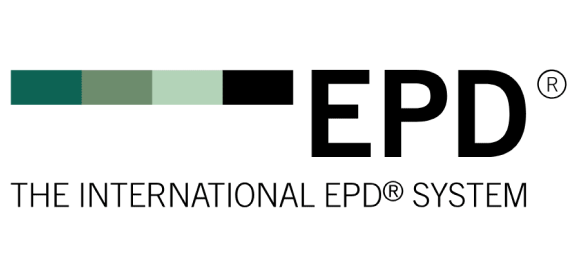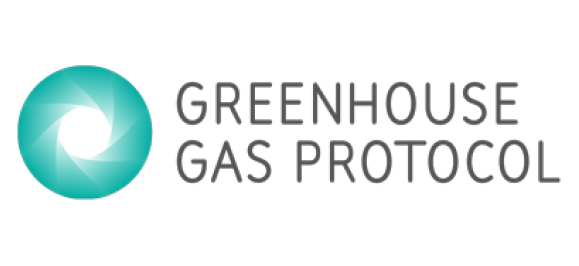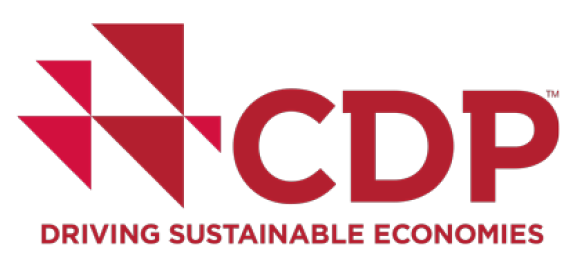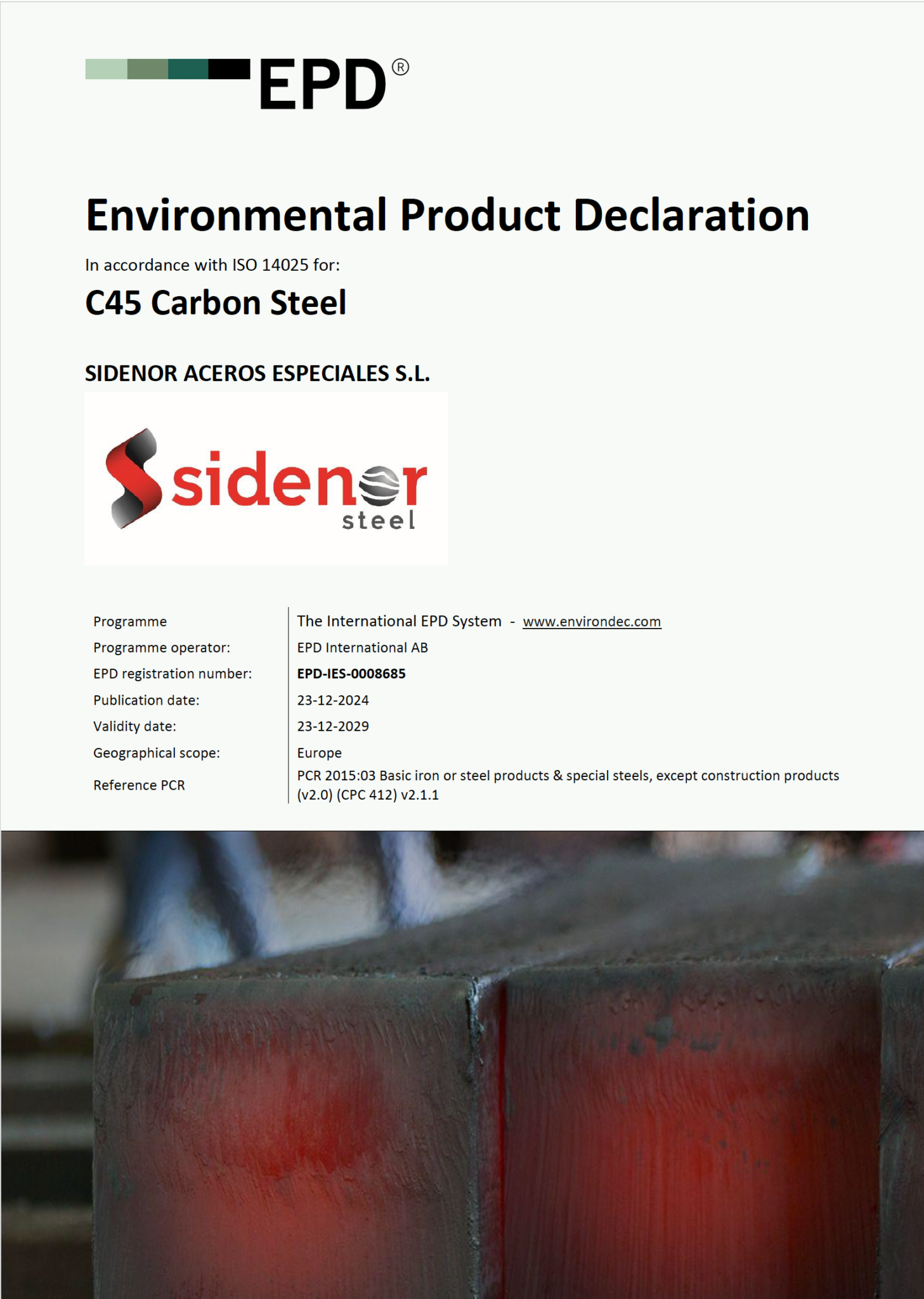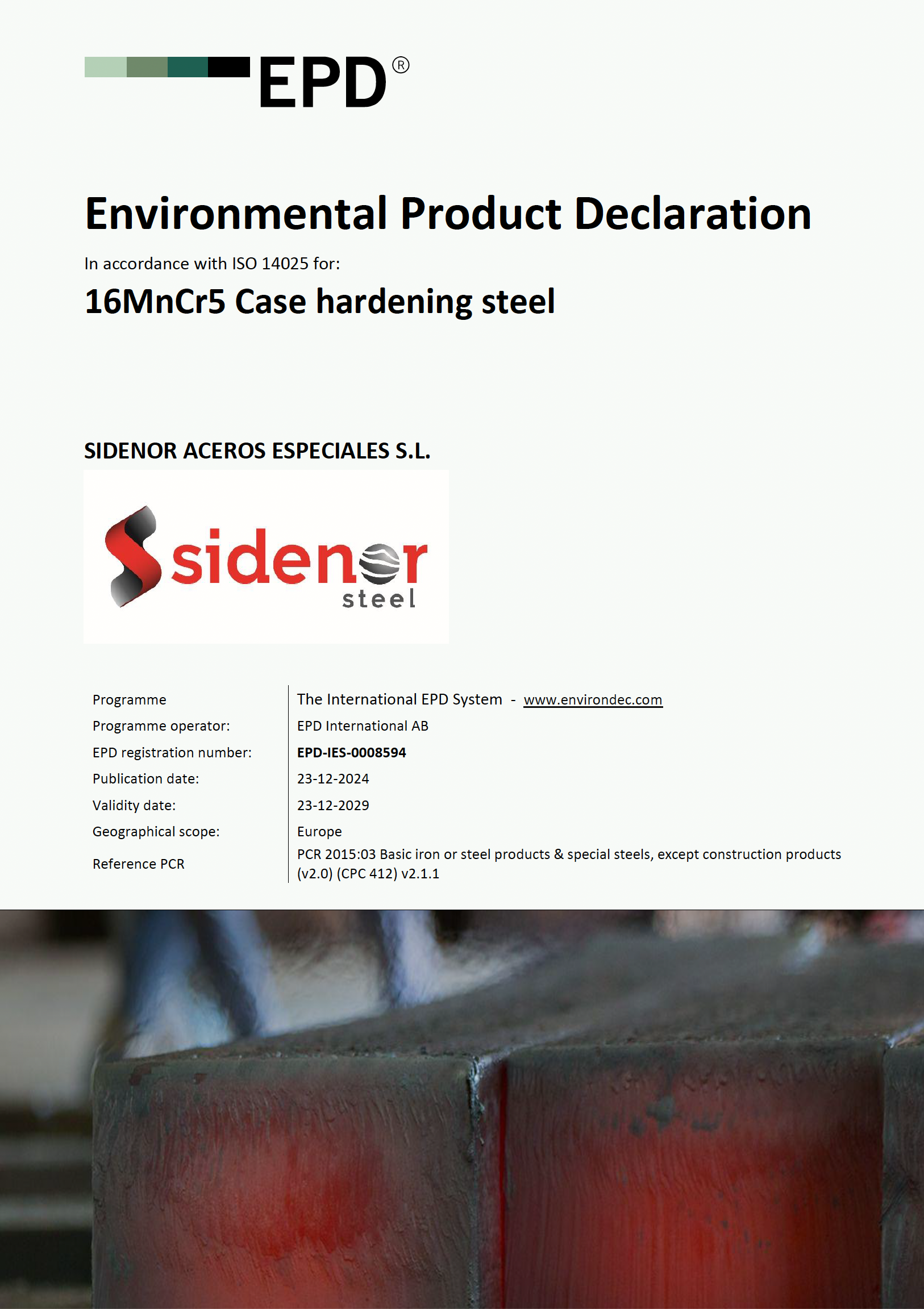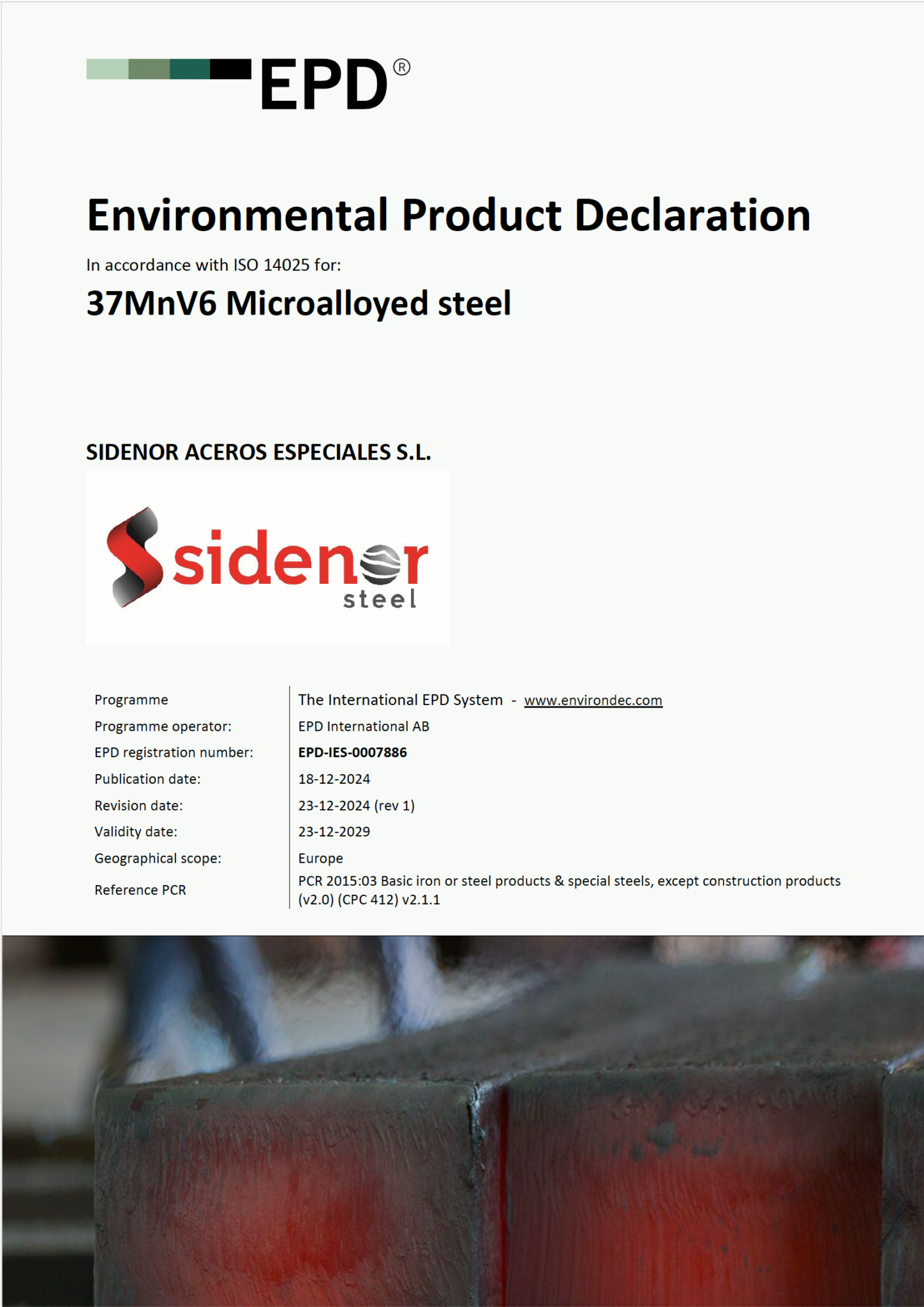


The software to reduce CO2 emissions through ecodesign
Sidenor has developed a software to calculate the environmental footprint for more than 20.000 steel references, under the perspective of LCA (Life Cycle Assessment)
With this tool Sidenor is able to identify the processes and materials with the greatest environmental impact and develop the optimal ecodesign process for each product.
The software takes into account all the characteristics that define a product in the calculation, such as composition, finish, heat treatments, profile, and dimensions.
At Sidenor, we are committed to conducting quantitative environmental assessments of our products and to transparent environmental communication with our customers.
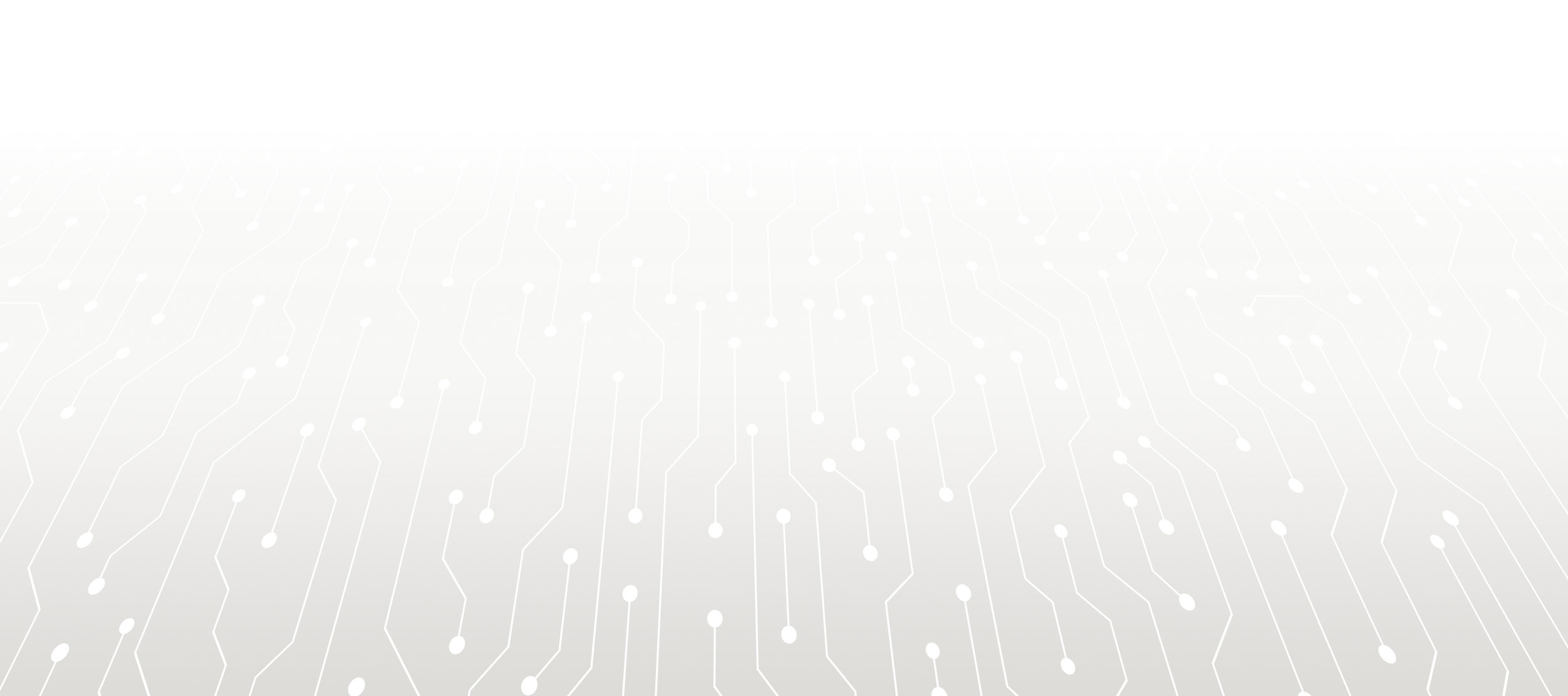
Sidenor is amongst the leading providers of special steels with a low carbon footprint
At Sidenor, we ecodesign based on Life Cycle Assessment (LCA) to reduce the environmental footprint of our products. We also offer our customers the option of purchasing Sustainable Steels and Carbon-Neutral Steels.
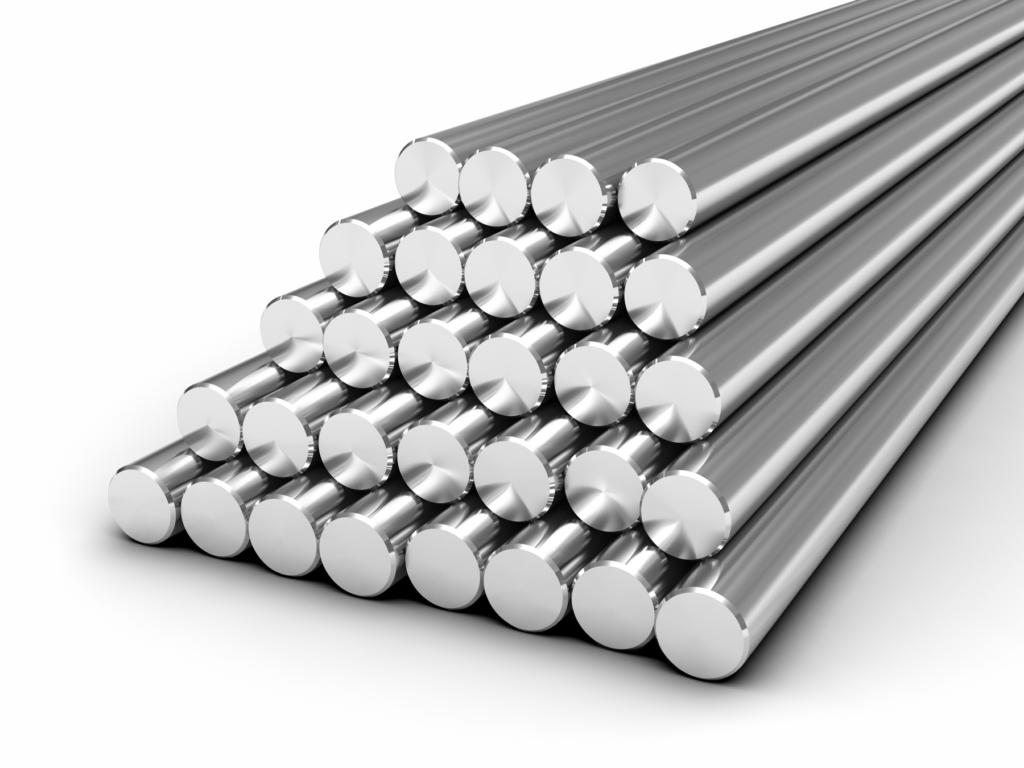
Sidenor Sustainable Steel and Sidenor Neutral Steel
Low-Emissions Steels
- 100% renewable electrical energy, resulting in steel with low carbon emissions.
- EAF manufacturing route production. Steel manufactured from 100% recycled or recovered scrap.
- Ecodesign. Ad-hoc steel product design.
- 100% renewable. Detailed PCF value.

- 100% renewable electrical energy, resulting in steel with low carbon emissions.
- EAF manufacturing route production. Steel manufactured from 100% recycled or recovered scrap.
- We neutralize all remaining emissions , from cradle to gate.
- Ecodesign. Ad-hoc steel product design.
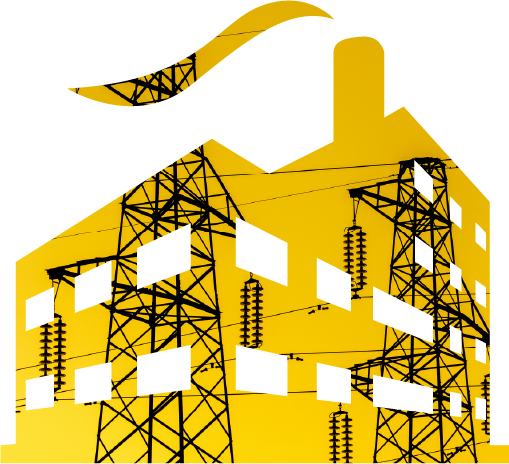
The electricity used in the steelmaking process is verified independently, with a
‘Guarantee of Origin’ given that it is produced from renewable sources.
Environmental sustainability is a key element in Sidenor’s strategy. In this perspective, renewable energy implementation is an essential tool.
Starting in 2025, all the electricity consumed at our facilities will be from renewable sources, thus avoiding the emission of more than 150.000t of CO₂ anually.

Climate Targets and SBTi
Sidenor has approved new targets to reduce its greenhouse gas emissions, which have been validated by the Science Based Targets initiative.
This approval means that the target is based on scientific criteria and aligned with the goal of keeping global warming below 1.5°C, and meets the objectives of the Paris Agreement.
Sidenor has committed to following the Science-Based Targets initiative and has set ambitious targets. We will contribute to curbing global warming.

In addition to direct greenhouse gas emissions resulting from the company’s activities (Scope 1), Sidenor is now also setting ambitious targets to reduce Scope 2 emissions (related to energy) and Scope 3 emissions (raw materials, transportation, etc.).

Scope 1
Direct greenhouse gas emissions resulting from the company's activities.

Scope 2
Emissions associated with electricity consumption.

Scope 3
Emissions related to raw materials, transportation, etc.
61,5% reduction
32,5% reduction
By 2033 from base year 2021
Company environmental management criteria
Sidenor applies its environmental management integrally and transversally to the entire organization (people and processes) in order to continuously improve our performance and thus reduce the environmental impacts of our activity and products.
From the perspective of steel LCA analysis, we apply environmental criteria in all production phases: design, selection of suppliers, raw material optimization, reduction in energy consumption, waste management as well as improvement in production processes and logistics.
In addition, LCA allows us to quantify the upstream and downstream emissions of our products over their entire life cycle.

Decarbonization Strategy
Climate Change
Sidenor, aware of the need for change, has incorporated into its company strategy decarbonization and circular economy as the main axes to ensure its competitiveness. Within the framework of our decarbonization strategy:
Renewable Energy
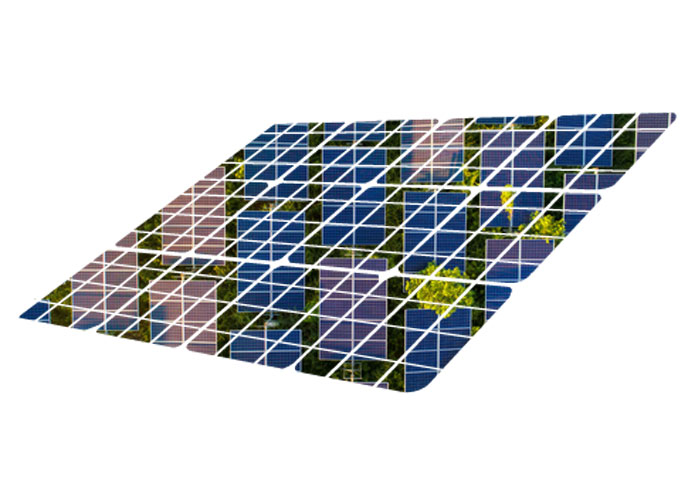
Sidenor has acquired solar parks that guarantee the consumption of 100% renewable electrical energy.
This initiative is part of Sidenor’s commitment to decarbonization through the consumption of 100% renewable energy.
Green Hydrogen
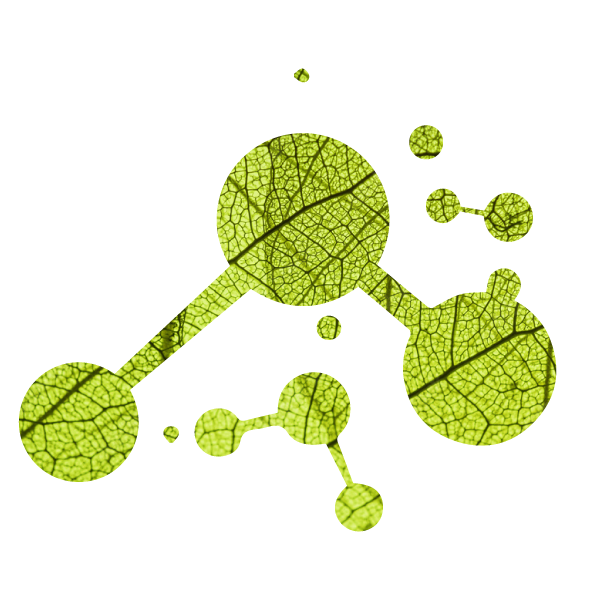
Gas consumption is the greatest decarbonization challenge that we are facing.
By 2025, we will have the necessary equipment to conduct the first industrial test with green hydrogen in our production process.
Process Electrification
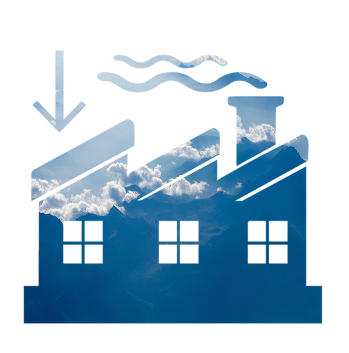
The electrification of the vacuum process in the steelworks will lead to an emission reduction of > 6,000 t CO₂ per year.
Biomass

In 2023, we signed a supply agreement for biogenic coal, which allows us to decarbonize part of the coal consumption in the electric furnace process.
Ecodesign Tools
Ecodesign is the main tool for reducing the Scope 3 footprint, and has also a significant impact on our customers’ footprint.
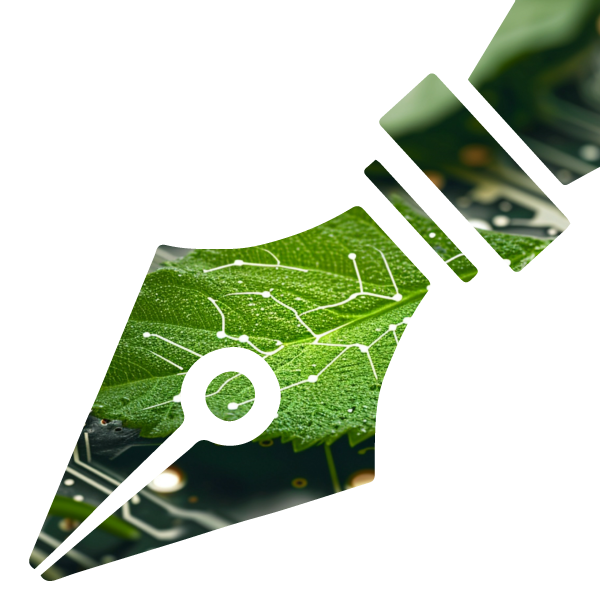
Ecodesign example: Optimizing steel quality
The choice of steel quality can significantly affect the CO₂ footprint, primarily due to the contribution of the supply chain.
Energy Efficiency

In the last 5 years, we have managed to reduce specific gas consumption (kWh/t) by 14%, moving towards a more efficient and sustainable production model.
Certifications:
Transparency and Data Quality
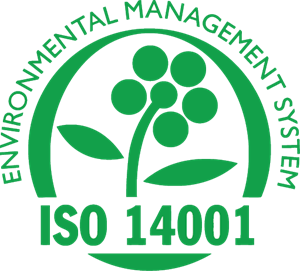
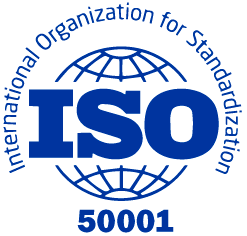
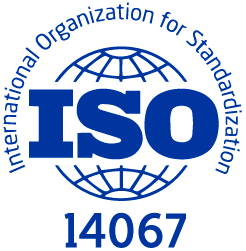
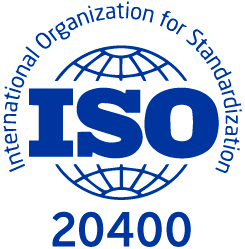
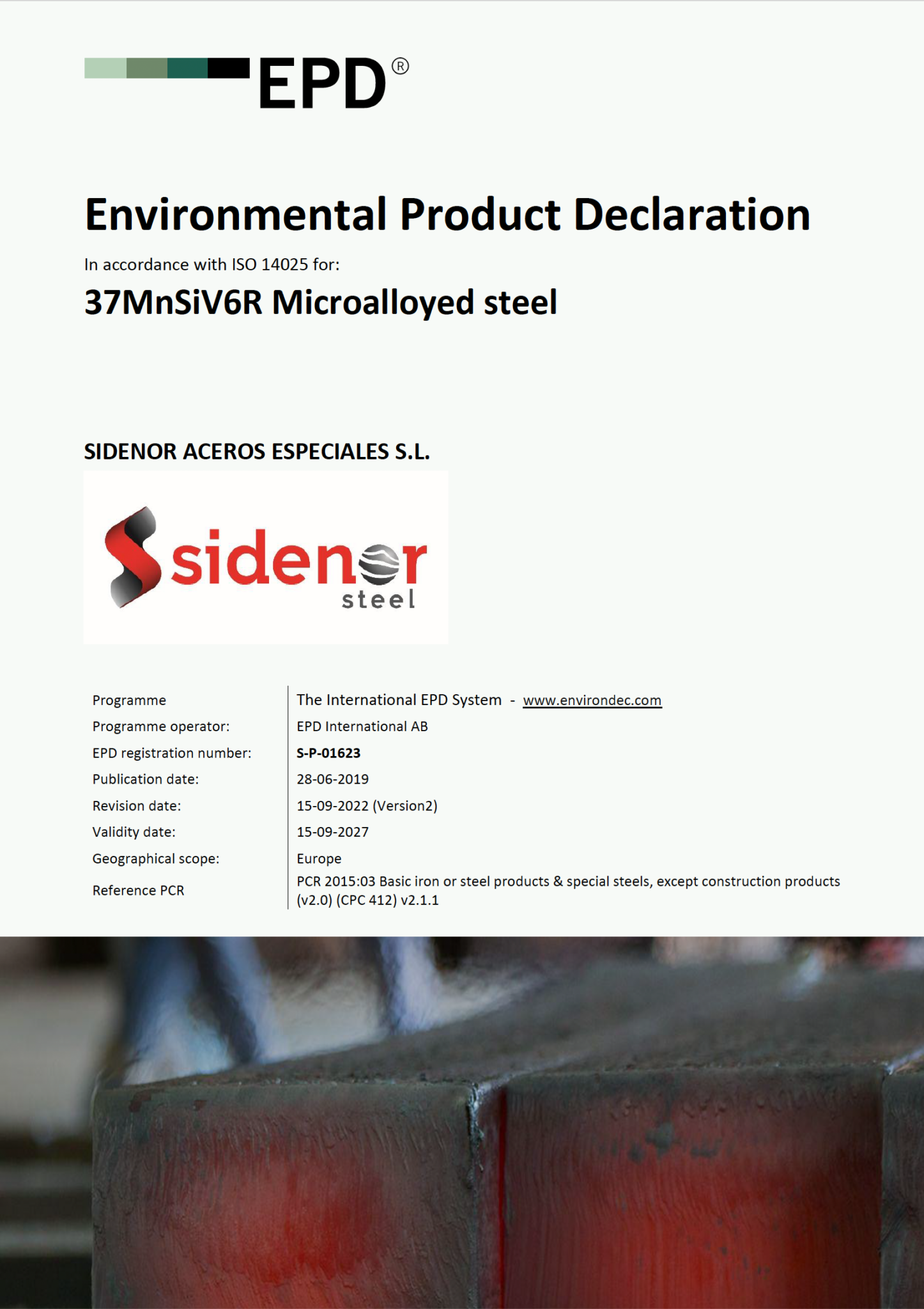
Environmental Product Declaration (EPD)
The process for preparing environmental product declarations is certified by a third party according to the EPD® System, as well as by the Product Carbon Footprint management system in accordance with the UNE-EN ISO 14067:2019 standard and the PCR 2015:03 Basic iron or steel products & Special steels, except construction products v2.0.
